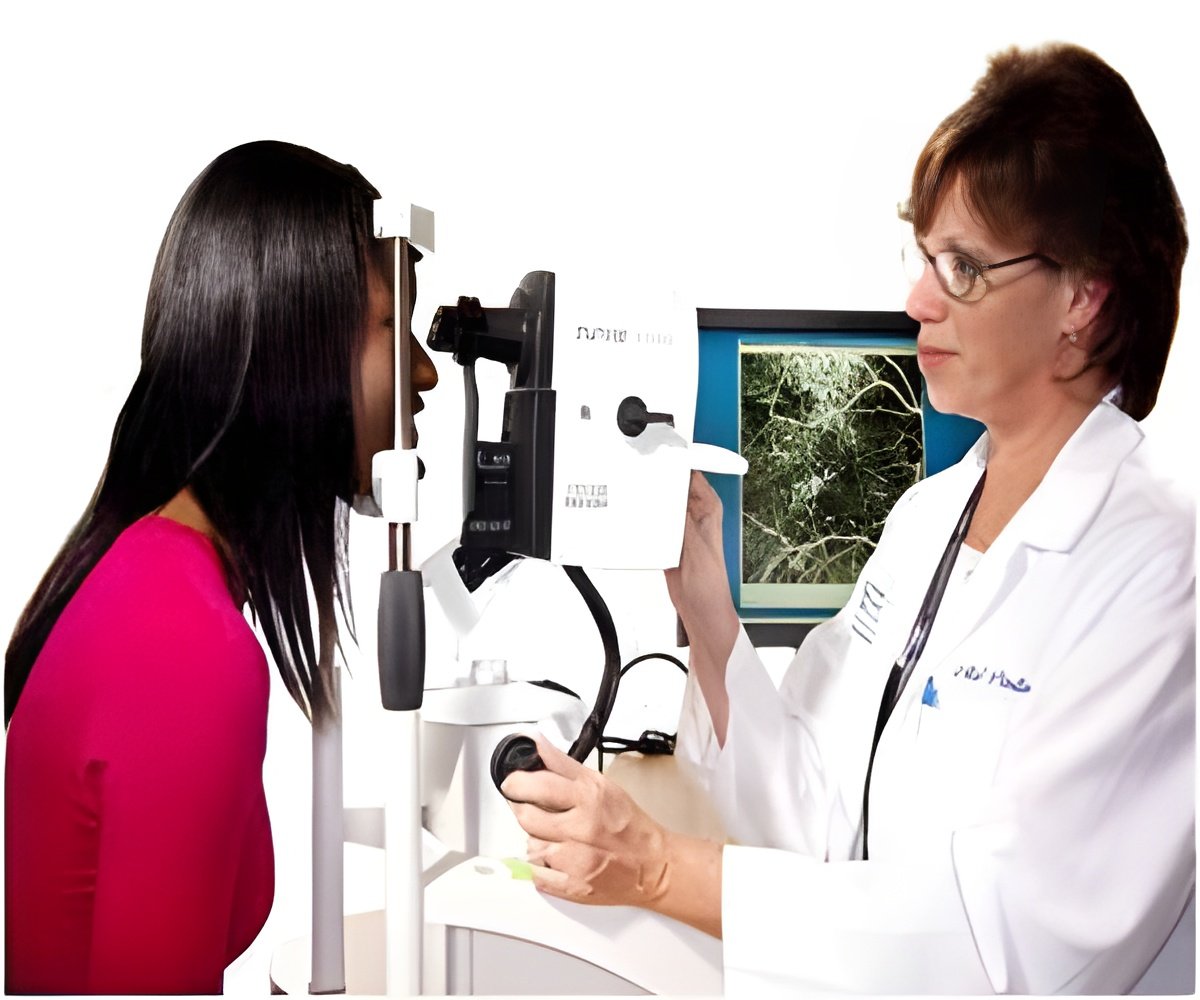
The researchers have shown how light from computer-generated holography could be used to stimulate these repaired cells in mouse retinas, saying that the key is to use a light stimulus that is intense, precise, and can trigger activity across a variety of cells all at once.
The researchers turned to holography after exploring other options, including laser deflectors and digital displays used in many portable projectors to stimulate these cells.
The researchers have tested the potential of holographic stimulation in retinal cells in the lab, and have done some preliminary work with the technology in living mice with damaged retinal cells.
The experiments have shown that holography can provide reliable and simultaneous stimulation of multiple cells at millisecond speeds.
But Shoham has cautioned that implementing a holographic prosthesis in humans is far in the future.
Advertisement
Shoham's co-authors on the paper included Dr. Inna Reutsky-Gefen, Lior Golan, Dr. Nairouz Farah, Adi Schejter, Limor Tsur, and Dr. Inbar Brosh.
Advertisement
Source-ANI









